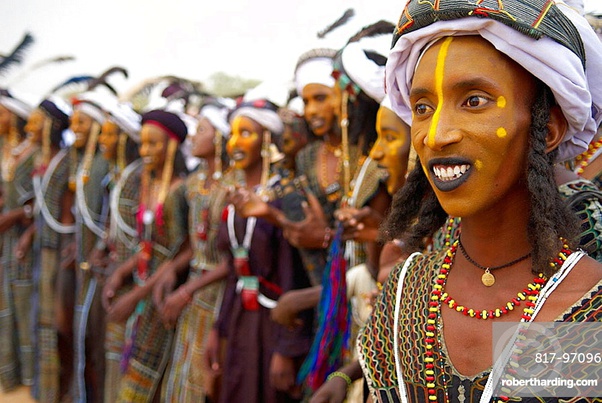On February 17, 1907, a brief note went out of the Dakar office of the Governor-General of French West Africa, addressed to subordinates. The governor had learned through French newspapers that:
According to a report on Northern Nigeria written by High Commissioner Sir W. Wallace, and published by the Colonial Office, thousands of Fulanis from the Middle Niger [central Mali] might be migrating from the French territory and heading towards the Nile valley … I would be grateful for any further information on this issue.
This note reveals the anxieties of both French and British administrations in the early years of colonial rule in Africa, as they faced a set of population movements that trumped the logic of their imperial borders.
The eastwards travels of West Africans toward the Nile valley largely predated European colonization. Among West African Muslims, this phenomenon was rooted in the old tradition of pilgrimage to the holy cities of Islam, Mecca, and Medina, in the Hejaz region of Arabia. Scholars Umar al-Naqar and Chanfi Ahmed have written about how numerous West African pilgrims reached these destinations by crossing the Sahel and Sahara from west to east, via a route called the Ṭarīq al-Sūdān (Sudan Road). The road started in Shinqit (Mauritania), Timbuktu or Jenne (Mali), and stretched all the way to the Red Sea ports of Sawakin (Sudan) or Masawa (Eritrea), via Hausaland, Chad, and Darfur. Pilgrims would then sail to the Hejaz.
*The views of the above article are those of the author and do not necessarily reflect the views of Africa Speaks 4 Africa or its editorial team.




